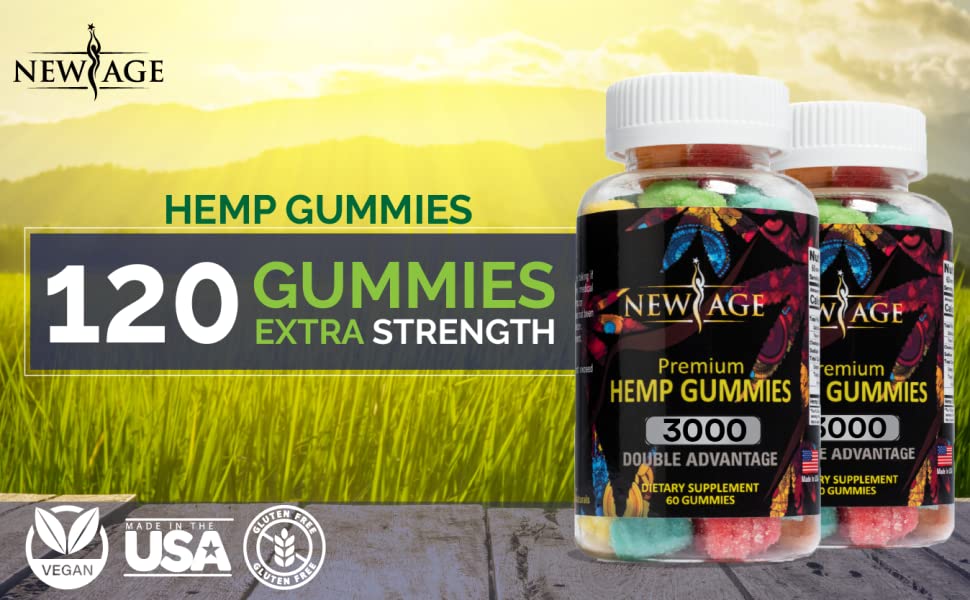Law enforcement and health care sources used for this series cited studies and concerns about legalized adult use marijuana in other states and a lack of sufficient studies on health impacts. NORML, which boasts it has been ‘working to reform marijuana laws since 1970’ with ‘evidence-based policies,’ has multiple fact sheets on the same and similar issues.
File photo
Law enforcement and health care sources used for this series cited studies and concerns about legalized adult use marijuana in other states and a lack of sufficient studies on health impacts. NORML, which boasts it has been “working to reform marijuana laws since 1970” with “evidence-based policies” has multiple fact sheets on the same and similar issues.
According to its website, NORML is “a nonprofit public-interest advocacy group (which) represents the interests of the tens of millions of Americans who use marijuana responsibly.”
The fact sheets highlight “the relevant peer-reviewed science pertaining to the health and societal impacts of cannabis use, enforcement, and regulation.”
Here are some of findings from NORML’s fact sheets:
• The enactment of adult use cannabis regulation is not associated with significant upticks in marijuana use by adolescents. At least four articles are cited, from four different sources.
• Following the enactment of both medical cannabis access laws and adult use marijuana laws, there has not been any significant rise in self-reported marijuana use by adolescents. At least 10 sources are cited, including a Centers for Disease Control and Prevention survey, and an American Journal of Preventive Medicine 2022 review of three studies.
• The establishment of cannabis retailers is not associated with upticks in criminal activity. Three sources are cited. Anecdotally, when the Times Leader interviewed Greenery Spot owner Chris Myers in Johnson City, New York, he said the neighborhood where he set up shop seemed to be improving.
• Off-the-job cannabis use is not positively associated with elevated rates of occupational accidents or injuries. At least nine articles were cited, most finding “no sufficient evidence” that non-work marijuana use impacted work accidents or injuries. One report in the International Journal of Drug Policy 2018 found legalized medical marijuana was associated with a 19.5% reduction in the expected number of workplace fatalities among workers aged 25-44.
• Cannabis exposure is not causally associated with either significant or residual detrimental effects on cognitive performance. Two reports are cited, though one assessed a relatively small sample of adolescents (804), and the other says “It is unclear whether cannabis use causes cognitive decline,” then concludes “results suggest that cannabis use may not cause decline in cognitive ability among a normative sample of cannabis users.”
• Cannabis smoke and tobacco smoke are not equally carcinogenic. There are some 16 articles cited, but many draw a distinction between the risk of tobacco compared to marijuana, rather than looking solely at the possible risks of marijuana. In an interview for this project, Dr. William Checkley of Johns Hopkins noted it can be hard to separate the results of marijuana smoking and tobacco smoking because many who use one use the other.
The fact sheets and related materials are available at norml.org.


Be the first to comment